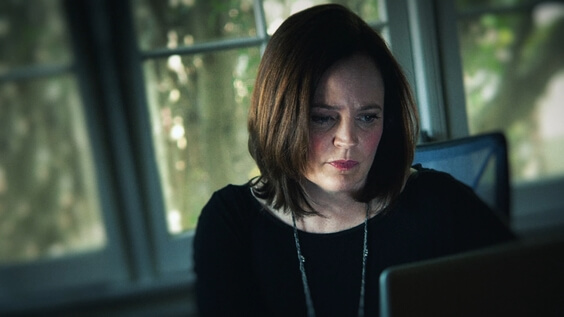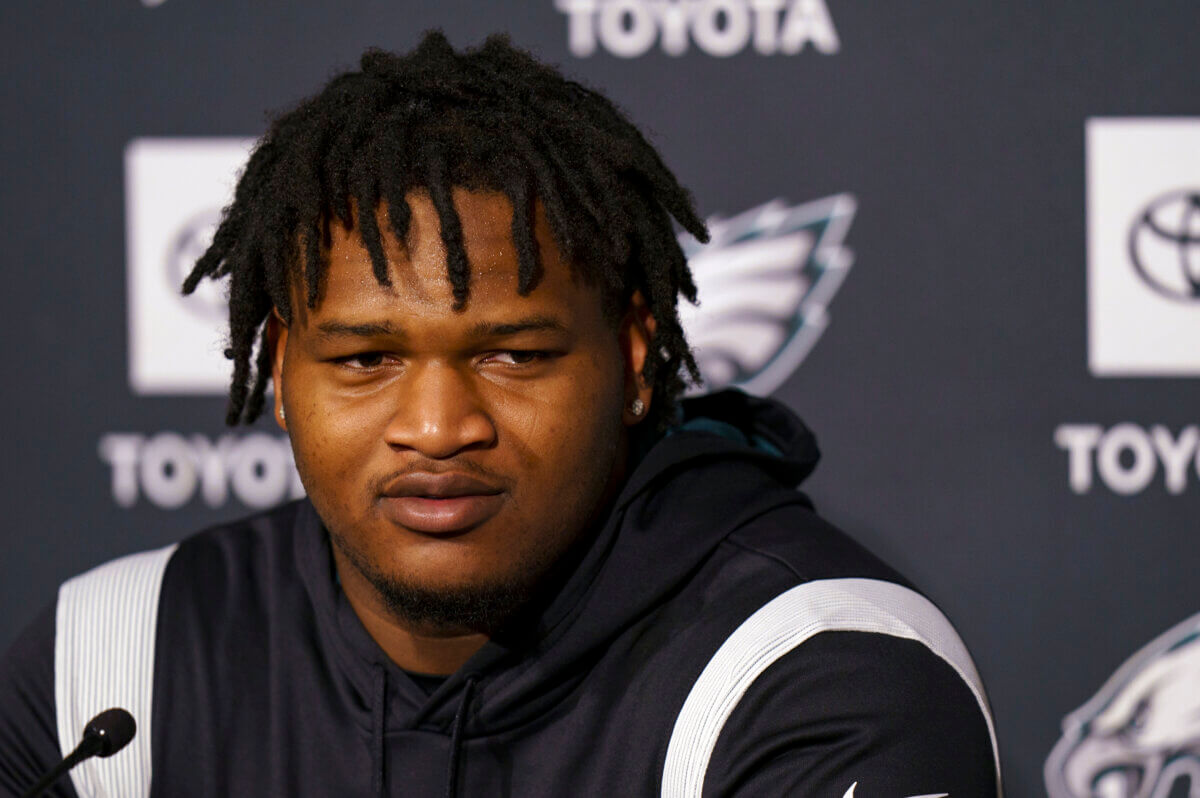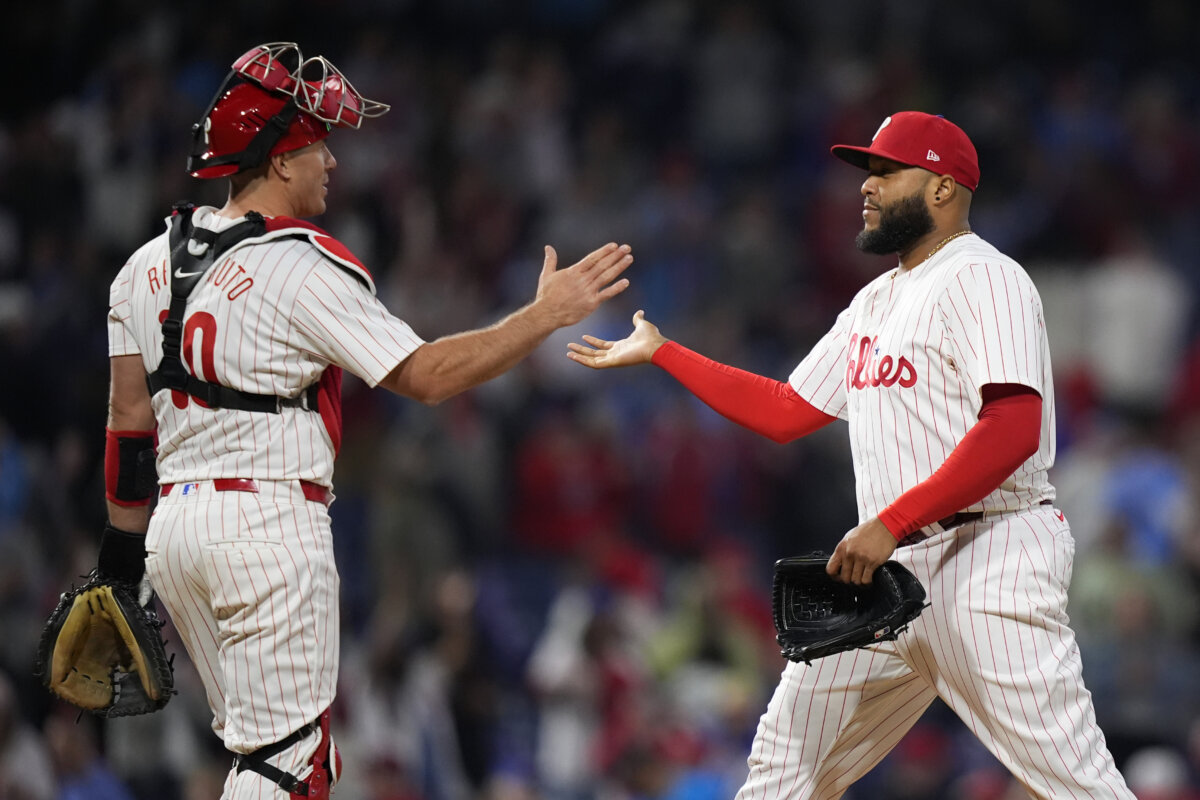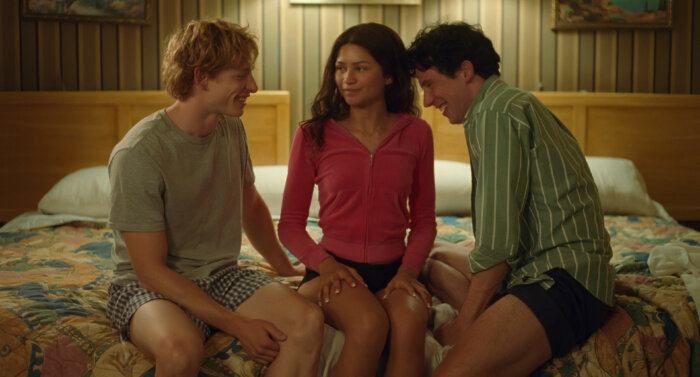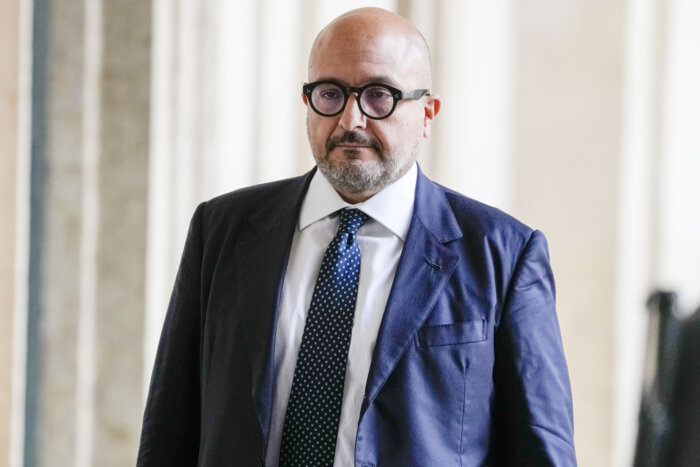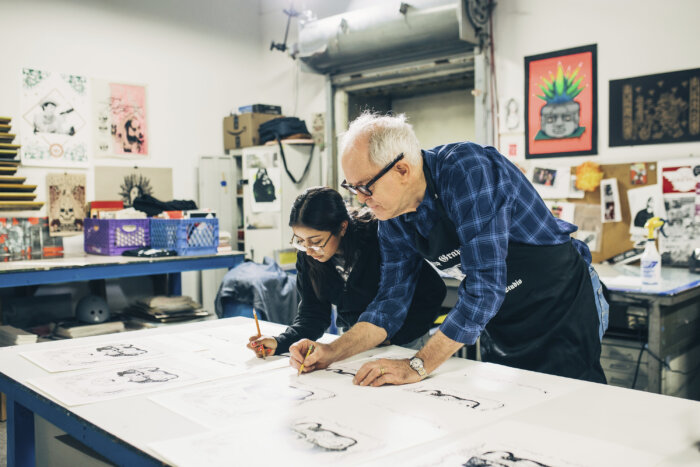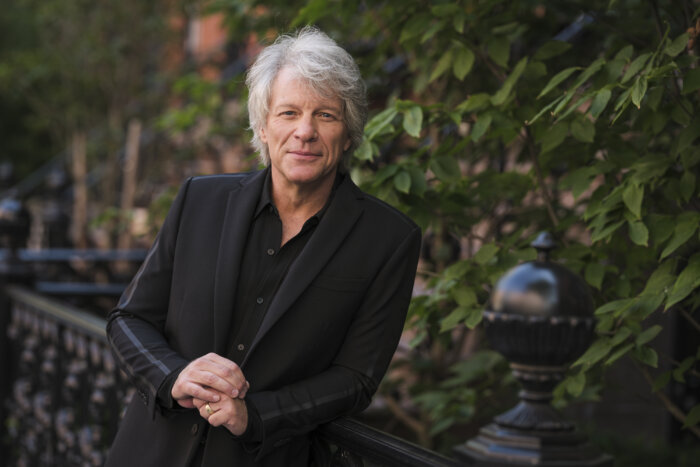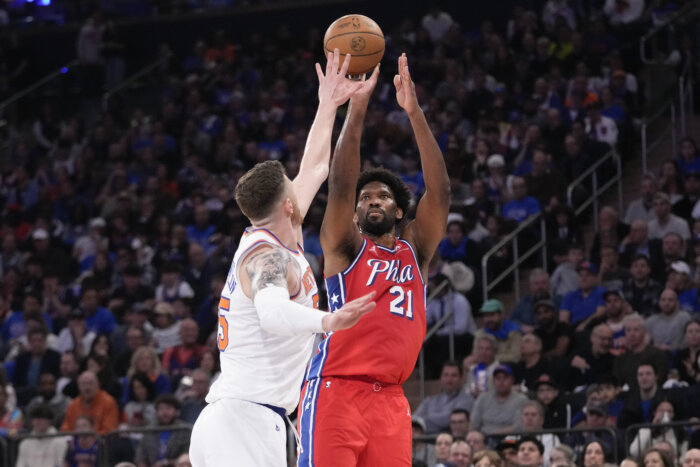True crime is something that many are fascinated by.
The thought that there are people among us who prey on the pain and misfortune of others isn’t exactly a new notion, but it is one that can spark an obsession. For Michelle McNamera, that sentiment came from the Golden State Killer. The writer who was married to comedian Patton Oswalt was working on an investigative book surrounding the mystery man who had raped 50 people and murdered 12 in California for decades without being captured.
While working on her book, ‘I’ll Be Gone in the Dark,’ McNamera began to delve into much more than just the crime, for her it became something more personal and brought out her own traumas. Before the book was finished, McNamera passed away in her sleep from an accidental prescription drug overdose, but the hunt to find the Golden State Killer did not stop there. With the help of crime writer Paul Haynes and investigative journalist Billy Jensen, Oswalt was able to help finish the book and it was published posthumously almost two years after McNamera’s death. Two months later, the Golden State Killer was taken into custody after over 40 years of alluding capture.
It’s this exact wild ride that is the focus of HBO’s six part docu-series, ‘I’ll Be Gone in the Dark.’ The series doesn’t just delve into the case, but also explores the fascination humans have with dark behavior and how we process our own traumas, as well as shining a light on the victims and survivors of the Golden State Killer himself.
Director Liz Garbus sat down with Metro to discuss more on what went into making HBO’s ‘I’ll Be Gone in the Dark.’
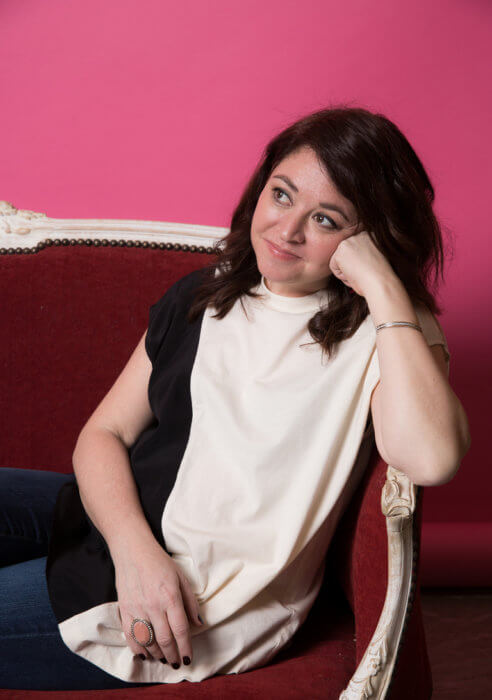
When you were first approached by HBO for this series, what was it that really hooked you and made you want to sign on with this project?
So much, this was a man who was responsible for 50 rapes and 12 murders—it’s just a mind-boggling number and it was really not on my radar. As a New Yorker, I was not aware of this story at all, and so I read Michelle’s book a little bit before it came out and was published. The approach that Michelle used in the book I found really inspiring. It was kind of victim-centered and survivor-centered, [and] always foregrounded their stories and really resisted kind of fetishizing at that time the unknown killer. [It also really was a story of our own obsession into these cases with Michelle being our avatar, so it was really all of those things that made me feel like this was really rich and multi-layered.]
When you watch these documentaries about crime, a lot of them are hyper-focused on the crime and the killer itself. With ‘I’ll Be Gone in the Dark,’ you go more in-depth with Michelle and her story. Why was that important to show?
I think it speaks to so many of our interests in these kinds of cases. We as a society are always fascinated by these extreme, malignant versions of human behavior, and Michelle’s voice and her reflection was like an avatar for the rest of us. I felt like there was a lot for us to learn there as well through the survivors and their stories. For me, it was a really rich storyline and I think it brought up other issues that I really related to as a working mother and a working woman trying to balance the demands of life, parenting, being a wife, being an artist and all of her aspirations on being a writer. I found all of those things really relatable.
Why choose actress Amy Ryan to convey Michelle’s words for this series?
I had worked with Amy Ryan on “Lost Girls” and she is a phenomenal actor. She brings a kind of precision and depth to her roles and I just thought she would be perfect to bring Michelle’s voice to life where we didn’t have the original archival recordings.
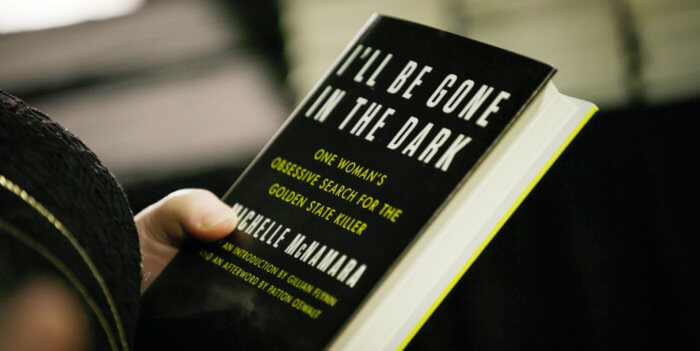
With this film covering all of this intense and dark subject matter, how are you able to stomach it all?
I think having the support of a team. I think one of the things that was hard for Michelle, and we talk about it in the series itself, was getting all of these materials and all of these crime scene photos. [She was] alone at night looking through it and trying to see what was missed in that crime scene photo, or what could she draw out to help find out who did it to help solve the case? For me, I had a team and I had people working with me and we could talk about this stuff together and you can process it, so you’re able to share your feelings and take a break when you need to. So, I think for that, my support system is really important.
Everything in this film is shocking, but what struck me was the amount of victim-blaming going on—was there anything in the film that also struck a chord with you to the same degree?
It’s shocking that this person could prey on so many of these people and do it for so long without being caught, but I [also] think that it’s hard in this day and age to remember that we still have some trouble with how we deal with sexual assault as a crime. Obviously, some people don’t come forward because they feel like they won’t get a fair chance, but in the 70’s of course, it was way worse. What you see in both the police talking to these victims about, ‘Oh yeah, I can see he chose the pretty one,’ or parents saying to teenagers who have been raped, ‘We’re not going to talk about this’—those kinds of attitudes and what these survivors had to go through and [then] kind of jut out the other end where they are today is just really stunning. I have such admiration for them.
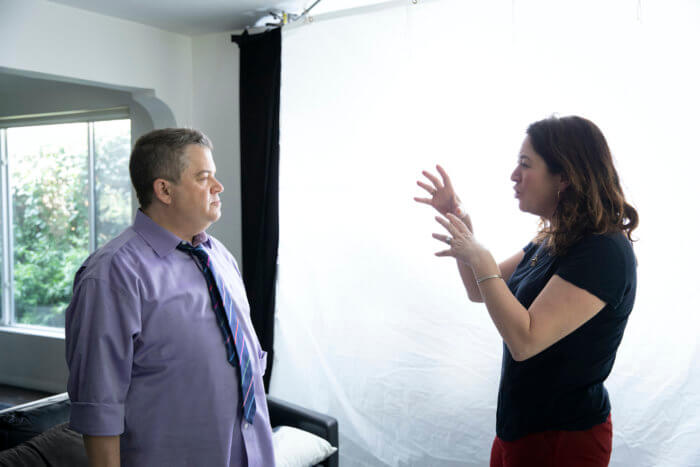
How was it working with Patton Oswalt through all of this? You got to work with him closely on something that I’m sure was an extremely emotional time in his life.
Patton was amazing, he did very similar [with me] to [what he did] finishing the book when he found Paul Haynes and Billy Jensen and said he wanted to finish it for Michelle. He gave them everything, and they did it and did it beautifully. Similarly here, he gave up everything—all of her videos, all of her notes, everything for us to mine through and be able to make us feel like we were really on the journey with Michelle. His trust was extraordinary, and he also said I’m here as a resource, but this is what you do. There was no sort of interference or trying to control the process in any way other than just being supportive and helpful.
Since you spent so much time delving into these cases, when the news did break that Joseph DeAngelo was being taken into custody, what was that like for you?
For me, it was definitely a bump on a rollercoaster of this project, it was our first day of shooting. I thought well maybe this guy will be found while we’re in production, but really he had alluded people for so many years and frankly he had stopped. Michelle, Billy Jensen, Paul and all these guys thought he was alive, and in my mind I thought how could he be alive? But they were right. So, I felt happy for the survivors. I didn’t know them yet, but I thought wow, this is going to be monumental for them and it was also bittersweet for Patton, Billy and Paul just hearing this and how much it would have meant to Michelle. That was exciting because justice was being done but also very painful because that was something she would have really cherished.
Is there anything you hope audiences take away after watching the series?
This is not just a story about stuff that happened to other people, it’s also very personal and it’s about how you process trauma. We all have our own struggles, hopefully though many of us have not gone through the torture that Jospeh DeAngelo inflicted on the survivors, very few people have had that kind of trauma. But I think what you learn from them and also the things that Michelle went through with her own traumas is how important it is to kind of unbury those demons and bring them out into the light. When you do that you can go on with your life. So I think that there’s something in there for everyone about life’s darkest moments and how you move on from them.
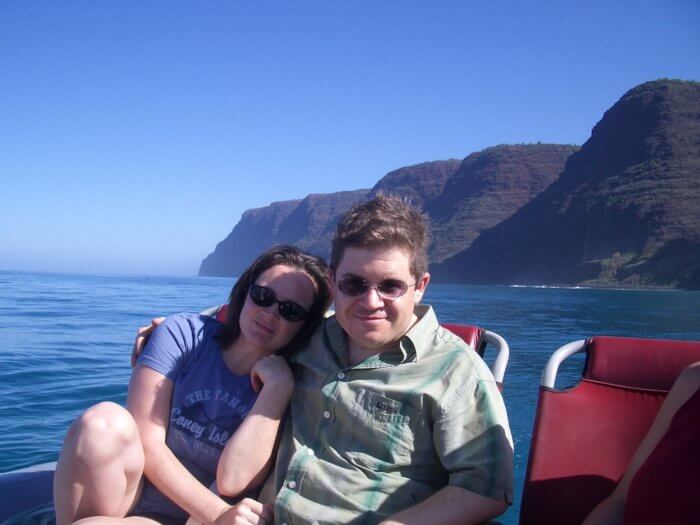
“I’ll Be Gone in the Dark” premieres June 26 on HBO.



